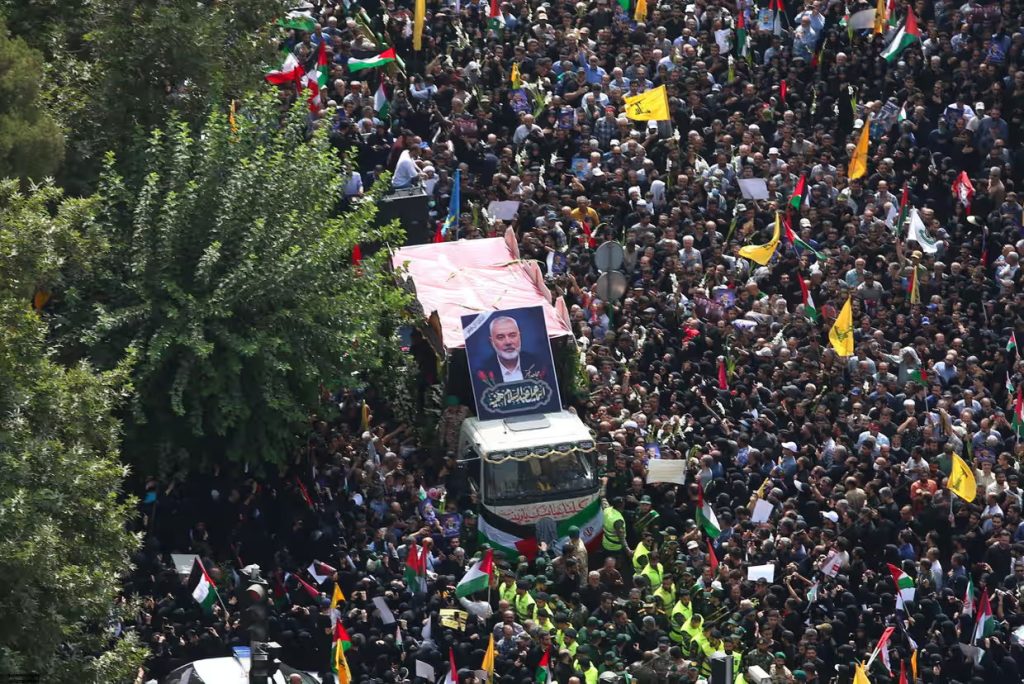Mossad footage claims to show agents inside Iran
Israel Celebrates Alleged Mossad Operation Deep Inside Iran
On Friday, Israelis were celebrating what many are calling another bold success by the country’s foreign intelligence agency, the Mossad.
Just hours after Israel launched a sweeping aerial assault involving 200 warplanes targeting Iranian infrastructure, officials released footage they claimed showed Mossad operatives deep inside Iran. The video purportedly depicts agents assembling missiles and explosive-laden drones aimed at targets near Tehran.
Citing anonymous security sources, Israeli media reported that precision-guided weapons were launched from trucks smuggled into Iran and deployed from a covert “drone base” believed to be located near the capital. Officials said this base had been prepared well in advance of the strikes and was instrumental in neutralizing Iranian air defenses ahead of the larger offensive.
The Mossad — short for HaMossad leModi’in uleTafkidim Meyuhadim, or the Institute for Intelligence and Special Operations — has built its reputation over nearly 80 years through high-risk espionage, technological sophistication, and at times, lethal efficiency.
This latest operation comes just ten months after Mossad reportedly sabotaged thousands of pagers and walkie-talkies used by Hezbollah operatives in Lebanon, contributing to an explosion that killed 37 people and injured around 3,000. That attack preceded an Israeli air campaign that dismantled Hezbollah’s leadership within days.
Over decades, Mossad has established a vast intelligence network inside Iran, enabling a string of high-profile operations. These include the remote-controlled assassination of a senior Iranian nuclear scientist while he was traveling by car, the cyberattack on computers managing key elements of Iran’s nuclear program, and the covert theft of an extensive nuclear archive. More recently, in 2024, Hamas political leader Ismail Haniyeh was killed by a bomb reportedly placed in his favorite room in a Tehran government guesthouse.

‘Iran Has Been an Open Book’: Mossad’s Legacy of Deep Espionage
“This most recent operation is impressive, of course, but Iran has been an open book for Israeli intelligence for a decade or more,” said Yossi Melman, a veteran Israeli intelligence analyst and author. Melman suggested that those seen in the grainy Mossad-released videos preparing missile launches were likely Iranian operatives. “The boots on the ground inside Iran aren’t Israeli,” he said. “They have to be recruited, trained, equipped, and deployed. Then the weapons themselves must be smuggled in piece by piece. It all takes a high degree of professionalism and skill.”
In a rare move, Israeli officials also acknowledged the role of Aman, the military’s intelligence branch, in providing key targeting data for the offensive. While Aman and the Mossad frequently coordinate, the smaller, foreign-facing Mossad usually draws most of the public and political attention. Still, most of its activities remain shrouded in secrecy, known only to a select few in Israel’s defense establishment.
For decades, Mossad operated with near-total invisibility. Founded in 1949, its agents were once forbidden from revealing even to close family members that they worked for the agency, and the organization never officially confirmed involvement in any operation.
“It was a totally different era,” said Yossi Alpher, a former Mossad officer who participated in several of the agency’s most storied missions during the 1970s. “Everything the Mossad did was quiet — no one knew. When I joined, you had to know someone just to get in. Now, there’s a website.”
Today, the Mossad’s senior leadership is often more involved in high-level diplomatic efforts — advising Israeli leaders, managing regional alliances, or negotiating in foreign capitals — than in direct operational planning. Still, its long history includes years-long covert campaigns aimed at cultivating relationships with proxies and insurgents aligned with Israel’s strategic goals. These included Kurds in Iran, Iraq, and Syria, and Christian militias in what is now South Sudan. As with many such operations, the outcomes were mixed.
Some critics argue that Mossad underestimated the brutality and sectarianism of the Maronite Christian militias in Lebanon, a miscalculation that helped draw Israel into its 1982 invasion — a campaign that led to the deaths of thousands of civilians and long-lasting regional backlash.
The Mossad also played a behind-the-scenes role in the covert arms shipments to Iran during the Iran-Iraq War — part of the broader Iran-Contra affair during the Reagan administration. Though still not fully documented, the agency’s involvement in secretly arming Ayatollah Khomeini’s regime to counter Saddam Hussein’s Iraq remains one of the more controversial chapters in its history.

A Legacy of Legend: The Mossad’s Real and Fictional Shadows
The mythos surrounding Israel’s Mossad has been amplified over the years by films and television dramas, with screenwriters drawn to the agency’s most daring and cinematic exploits. Among its most storied operations is the 1960 capture of Adolf Eichmann, a key architect of the Holocaust, who was found hiding in Argentina and secretly transported to Israel for trial. Other legendary missions include the theft of French warships in 1969, advance warnings of the Yom Kippur War in 1973, and critical intelligence support for the 1976 Entebbe raid in Uganda, which freed hostages from a hijacked plane.
In 1980, the Mossad even established a fake diving resort on Sudan’s Red Sea coast. Operatives posed as staff and mingled with tourists while orchestrating the clandestine evacuation of thousands of Ethiopian Jews to Israel. The ruse operated for five years before being shut down.
The agency’s operations have not always gone as planned. Following the 1972 massacre of Israeli athletes by Palestinian extremists at the Munich Olympics, the Mossad launched an aggressive campaign to dismantle the groups responsible. That campaign faltered when agents mistakenly assassinated a Moroccan waiter in Norway, believing he was a senior PLO operative. The error led to multiple arrests and a diplomatic embarrassment for Israel.
Another high-profile failure occurred in 1997, when an attempt to assassinate Hamas leader Khaled Meshaal in Amman went awry. Mossad agents were caught by Jordanian authorities, forcing Israel to deliver an antidote to the poison used in the attack and severely straining ties with Jordan. In 2010, Mossad agents were again exposed—this time captured on CCTV in Dubai during an operation that resulted in the assassination of a Hamas commander.
Perhaps most damaging to Mossad’s reputation was its failure to detect the signs of the October 7 Hamas attack, which killed 1,200 Israelis—most of them civilians—and led to the abduction of 251 others. The surprise assault triggered Israel’s ongoing war in Gaza, heightened conflict with Hezbollah, and ultimately contributed to its deepening confrontation with Iran.
Despite its celebrated status, the Mossad tends to draw public attention only when something goes wrong. But that’s not entirely the case, as the recent release of video footage from inside Iran suggests.
According to journalist Yossi Melman, one of the goals of publicizing such covert successes is psychological. “The aim is psychological warfare,” he said. “The Mossad is telling the Iranian regime: ‘We know everything about you. We can walk into your house whenever we choose. We are everywhere.’” Melman added that the messaging isn’t just aimed at Tehran. “It’s also a powerful way to lift morale at home — to remind Israelis that their intelligence services are still capable of striking far and deep.”

